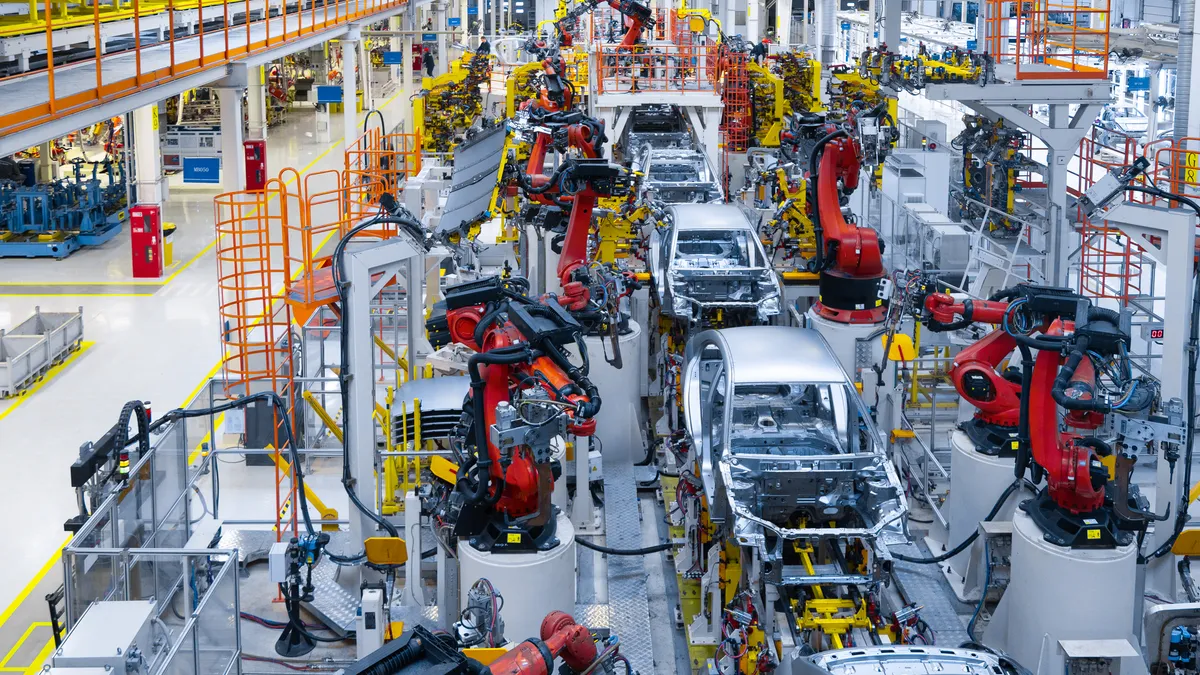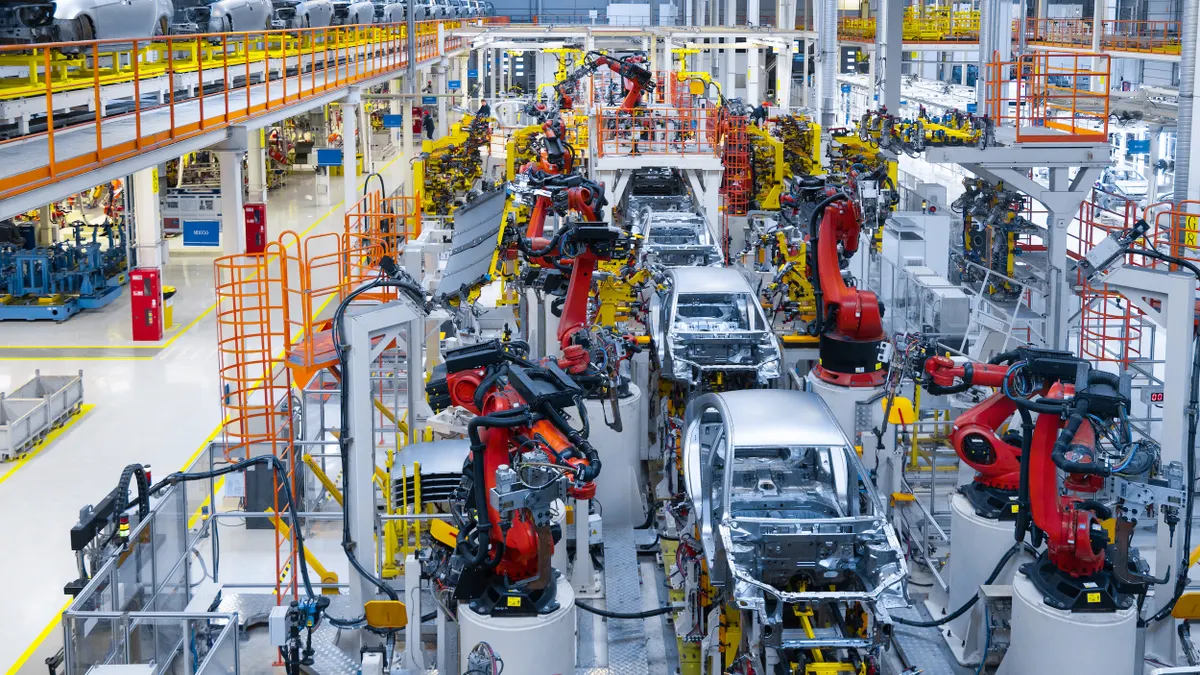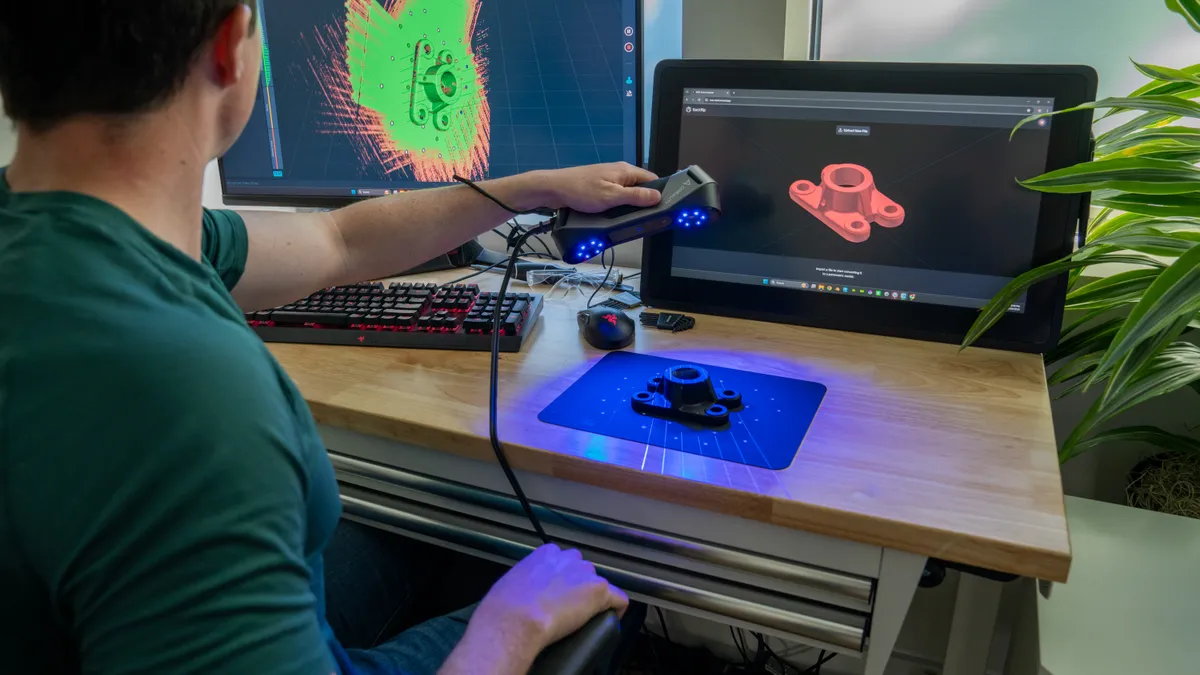The once hoped-for economic turnaround in the manufacturing industry remains elusive, with production and business confidence both down, according to June purchasing manager indices.
The Institute for Supply Management's June PMI came in at 48.5%, down marginally from May's 48.7% reading.
While demand perked up, sending the new orders index up 3.9 percentage points to 49.3%, caution among manufacturers kept the production index low at 48.5%, down from 50.2% in May.
A reading below 50.0% on a PMI index signals economic contraction.
Nine out of 17 manufacturing sectors contracted last month, including machinery, fabricated metal products and transportation equipment, according to ISM.
"I think we're pretty much stable here, i.e. stuck," Timothy Fiore, chair of ISM’s Manufacturing Business Survey Committee, said on a media call Monday. "Given the fact that three of our seven big industry sectors that are capital intensive are the ones that are hurting the most, it easily supports the argument that people are waiting for some relaxation in interest rates in order to go ahead and make some investments."
Similar to recent months, Fiore blamed much of the stagnation on the Federal Reserve's decision not to cut interest rates. Such a move isn't expected to happen until at least September, the economist noted, leaving many companies cautious to invest in production, a worrying sign of the industry's capacity to grow in the short term.
ISM's employment index registered at 49.3%, down from 51.1% in May. At a time of year when many companies typically hire new college graduates, Fiore said manufacturers are being prudent in their labor budgets.
"There was a lot of caution and how the offers were extended," Fiore said. "I've seen stuff in the media that, in this case, it's very similar to what we saw back in the Great Recession in terms of adding people [when you're] unsure of the market ahead of you. And maybe you planned on adding 10 and you only add seven."
The S&P Global PMI offered a slightly more positive look at the industry, with a 51.6 reading for June, up from 51.3 in May.
Input costs continued to "rise sharply," according to S&P, though inflation eased last month. And while the ISM and S&P indices showed demand was up, overall muted performance in the industry drove business confidence to a 19-month low.
"The S&P Global PMI survey shows US manufacturers struggling to achieve strong production growth in June, hamstrung by weak demand from domestic and export markets alike," Chris Williamson, chief business economist at S&P Global Market Intelligence, said in a statement.
Pre-production inventories were down slightly, according to S&P, as firms are still hesitant to hold more inventory stock.
"Some firms indicated that their inventories had been reduced to an extent whereby it had become time to start replenishing them," according to the S&P report.
Looking to the rest of the summer, Fiore noted he doesn't expect much to change.
"This is kind of where I think we're going to be sitting. Things are stable, which isn't bad," Fiore said. "The only warning sign that's flashing, that's not flashing bright red, is the production number coming down, which is a surrogate for revenue. And if you see revenue coming down, and you tend to be slightly overstaffed, or you have been overstaffed for the last three months, you're going to take action."












